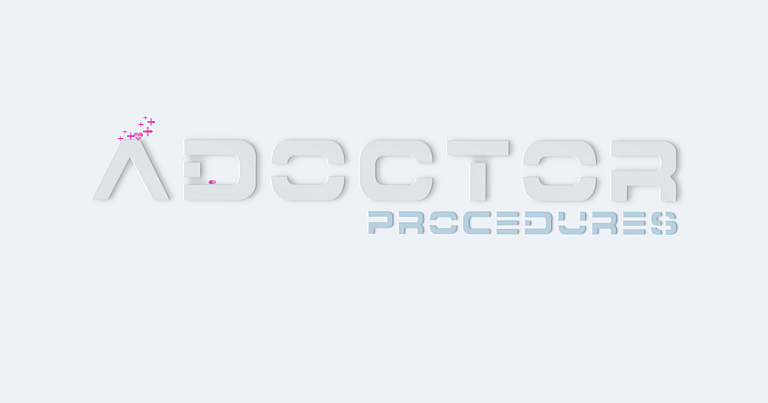Pelvic Floor Disorders
**Pelvic Floor Disorders: Definition, Symptoms, Treatment Options**
Pelvic floor disorders encompass a range of conditions that affect the muscles and tissues that support the pelvic organs (bladder, uterus, vagina, and rectum). Weakness or damage to these muscles can lead to a variety of symptoms, including:
* Urinary incontinence
* Fecal incontinence
* Pelvic organ prolapse
* Painful intercourse
* Bladder or bowel dysfunction
Causes of pelvic floor disorders include:
* Childbirth
* Aging
* Obesity
* Chronic coughing or straining
* Hysterectomy or other pelvic surgery
Treatment options for pelvic floor disorders vary depending on the severity and type of condition. They may include:
* Pelvic floor exercises
* Electrical stimulation
* Pessaries (devices that support pelvic organs)
* Surgery
Early diagnosis and treatment of pelvic floor disorders are crucial to prevent complications and improve quality of life. If you experience any symptoms of pelvic floor dysfunction, consult with a healthcare professional for proper evaluation and treatment.
What is Rectovaginal Fistula: Symptoms, Causes, Diagnosis, and Treatment?

Rectovaginal fistula is an abnormal communication connecting the rectum and vagina characterized by involuntary leakage of stool and gas from the vagina. Symptoms may include difficulty in defecating, incontinence, foul smelling discharge, and painful intercourse. Its causes are diverse, ranging from obstetrical trauma in childbirth to inflammatory bowel diseases. Diagnosis is made through physical examination, imaging, and laboratory testing. Treatment is tailored to the individual patient and may include repair of the fistula using various methods and medications to manage accompanying symptoms. To ensure successful treatment, it is important to accurately diagnose the underlying cause.
